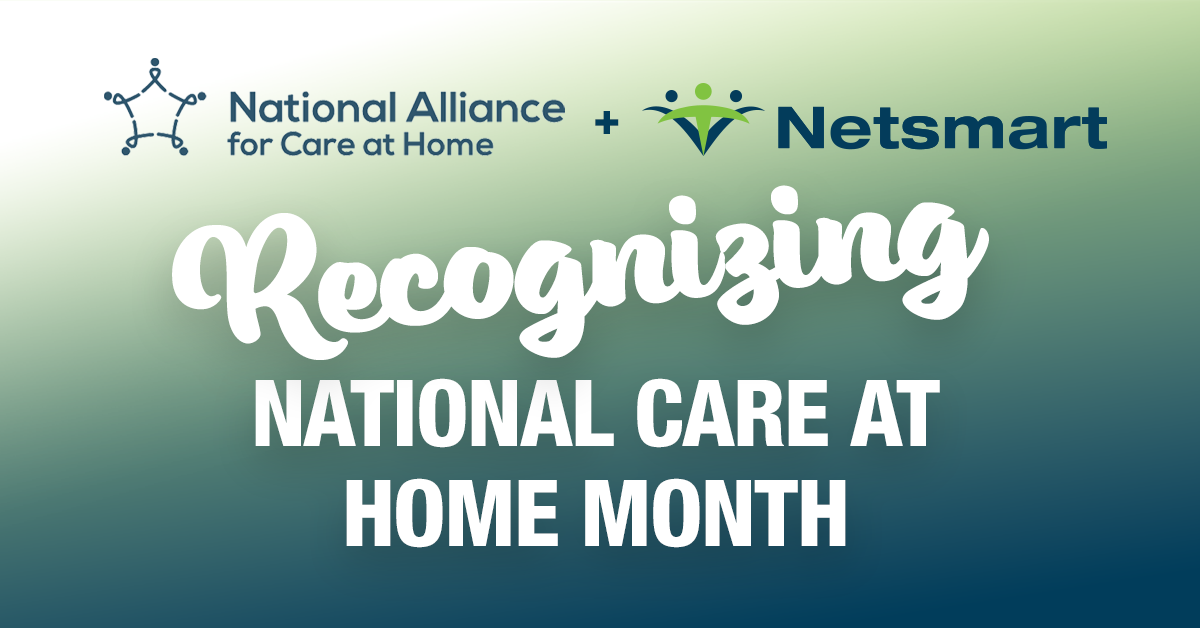New spending projections bode well for the home health industry, a segment expected to see among the highest forecasted growth on a percentage basis.
Each year, the actuarial office at the Centers for Medicare & Medicaid Services (CMS) creates a forecast for overall health spending, taking into account current law. Overall, the office predicts healthcare spending will grow at a 5.5 percent annual rate, reaching $5.7 trillion by 2026. That equates to a 71 percent increase over the next decade.
More than $92 billion was spent on home health services during 2016. By 2026, that number is expected to grow to $172.6 billion, an increase of nearly 87 percent. Although home health spending slowed between 2015 and 2016, from 5.8 percent to 4 percent, the annual numbers are expected to pick up. Forecasters anticipate an increase to 5.9 percent in 2018 and 6.7 percent in 2020 and 2026.
More Seniors in Need of Care
The summaries of the actuarial tables don’t include underlying methodologies; however, reasons are fairly obvious for the projected spending increase for home health. An estimated 10,000 Baby Boomers turn 65 every day in the United States, and the population of people between the ages of 65 and 74 is expected to hit 73 million by 2030. Therefore, the target population for home health services is increasing.
Despite the continued increase in spending, Americans are retiring sicker than ever. A study from the University of Michigan showed an increase in people having difficulties with activities of daily living (ADLs) by the time they were in their late 50s. There was also an increase in people describing their health as “fair” or “poor” and reporting cognitive decline by age 60. This means people will need more assistance in performing ADLs, recovering from major surgeries or managing chronic conditions in their homes.
Many home health organizations derive the majority of their revenues from Medicare and Medicaid, which account for 77 percent of all home health spending. CMS has looked closely at home health revenues, adjusting case-mix weights and episodic reimbursement amounts in recent years to curb spending. This trend shows no sign of going away, therefore, increased demand doesn’t necessarily equate to more home health revenues.
But the projections provide a good reminder to home health executives about future challenges and opportunities. How does your payer mix compare with peer organizations of your size and those in your service area? Check with your software vendor to help ensure you’re correctly capturing revenue and that your accounts receivable days are in line with industry standards.
It’s also a good idea to examine the services your organization offers. In addition to home health and hospice services, think about palliative care, private duty or any programs for people with specialized needs, such as those with chronic conditions or people recovering from hip or knee replacements. Can you partner with other companies to assists seniors with everyday needs and chores, such as transportation, grocery shopping, dog walking or general handyman services? Home health is ideally situated to care for seniors in the place they’d prefer to stay—at home.
As healthcare spending and aging seniors increase, it’s important to consider what you can do to support the longevity of your organization. Actively seek new service opportunities and compare your operations to competitors and industry standards. While you can’t control nationwide spending and the vast aging population, there are measures you can control.








